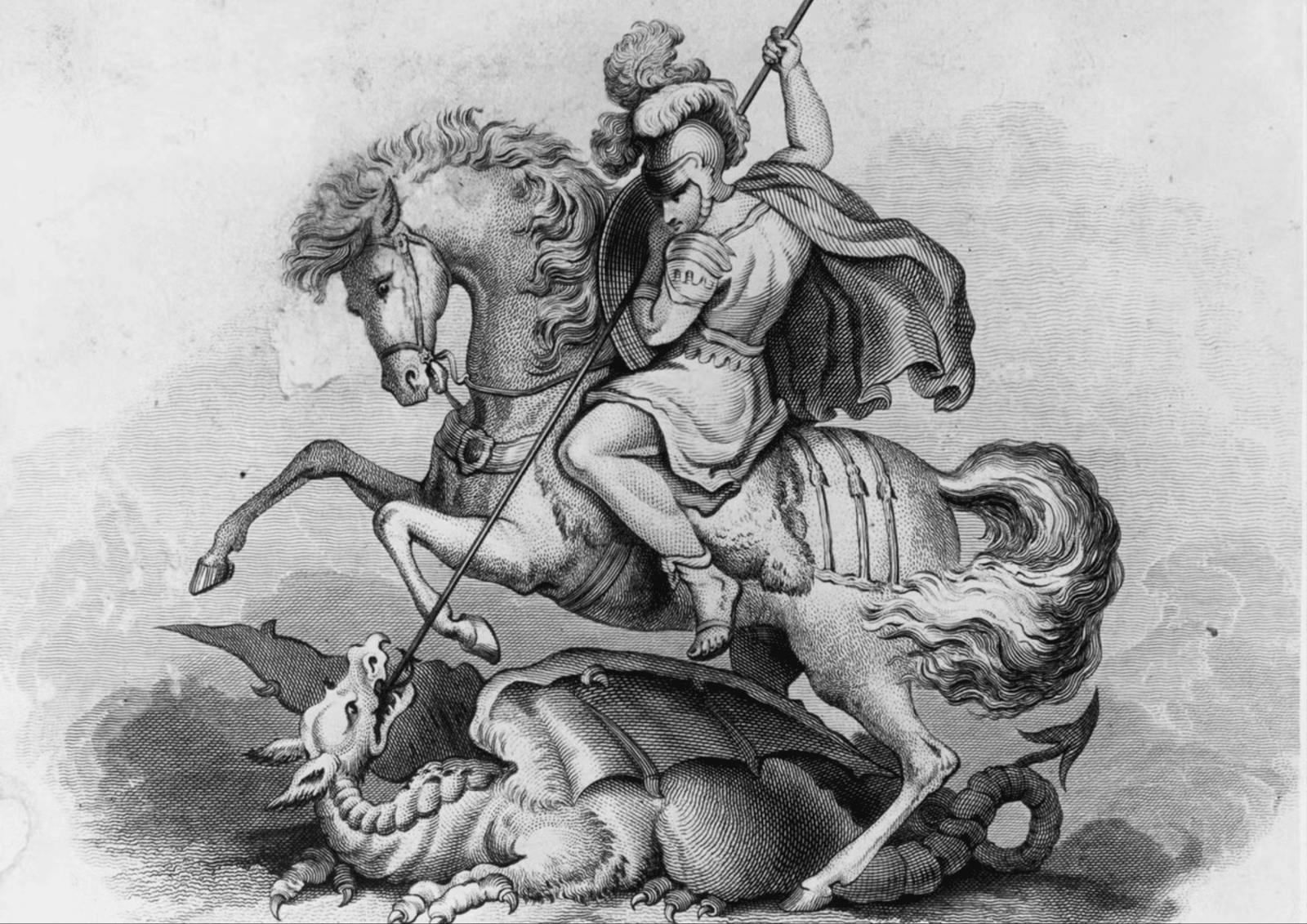The story behind the dragon slayer on Britain’s coinage
The origins of St. George’s Day
What St. George’s Day means today
While St. George’s Day might not come with the same scale of celebration as national days in Scotland, Wales, or Ireland, there’s been a quiet resurgence of interest in recent years. Flags flying, parades, church services, and even re-enactments of the dragon-slaying legend all play their part. But for many, it’s simply a chance to reflect on what it means to be English — and the long-standing stories that helped shape that identity.
Traditionally, St. George’s Day was marked by church bells, feasting, dancing, and a sense of local pride. While some of those customs have faded over time, others have transformed and enjoyed a modern revival, with local festivals and Morris dancing, local community celebrations, or simply flying the red and white flag of St. George proudly.
St George's Day has also become a moment to explore and celebrate England’s rich history and culture more broadly. For coin collectors, in particular, the day is a reminder of how deeply the legend of St. George runs through British history — not just as a symbol of faith or bravery, but as an image that has appeared again and again on coins, medals, and monuments for over two centuries. The celebration and its icons offer a chance to look back at the stories that have persisted through generations and to appreciate the meaning held by the symbol to this day.
St. George and the Dragon
A symbol that endures
Part of what makes this design so special is its lasting relevance. It’s a reminder that some stories never lose their power, no matter how many generations pass. Each reissue or reinterpretation of St. George and the Dragon offers collectors a chance to engage with that history, but these coins don’t just mark a moment in time; they bridge the past and present, allowing every collector to own a small piece of England’s enduring strength and historical pride.
Whether struck in gold, silver, or base metal, coins featuring this design carry with them centuries of history and symbolism. It’s a story that continues to inspire, not just on St. George’s Day, but every time we hold one of these pieces in hand.







